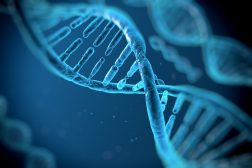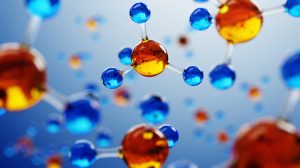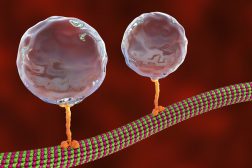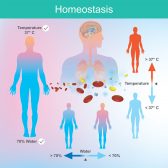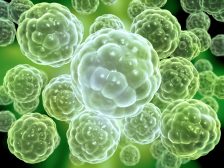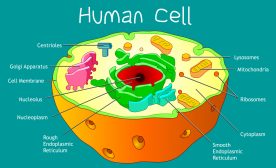Definition
noun, plural: alveolar cells
The cell lining the pulmonary alveolus; the cell of the air sac of the lung
Supplement
In humans, the pulmonary alveolus is the hollow structure in the lung parenchyma. It is one of the many terminal ends of the respiratory tree and serves as the site for gas exchange. There are two major cell types that make up the pulmonary alveoli: (1) the alveolar cells, i.e. type 1 alveolar cells and type 2 alveolar cells, and (2) alveolar macrophage. The alveolar macrophage is a phagocyte associated with phagocytosis, homeostasis, and tissue remodeling. The alveolar cells are cells that are lining the alveoli of the lungs.
There are two major alveolar cell types, i.e. the type 1 and the type 2. The type 1 alveolar cells, also referred to as squamous alveolar cells are those that form the structure of an alveolar wall. They cover a very huge percentage of the alveolar surface, about 90-95%. They are relatively thin to enable an easy gas exchange. The type 2 alveolar cells, also known as the great alveolar cells, are cells that secrete pulmonary surfactant. The surfactant is essential in decreasing the surface tension of water within the alveoli. It allows the membrane to separate, thus, improving gas exchange.
Synonym(s):
- pneumocyte
- pneumonocyte
See also:

